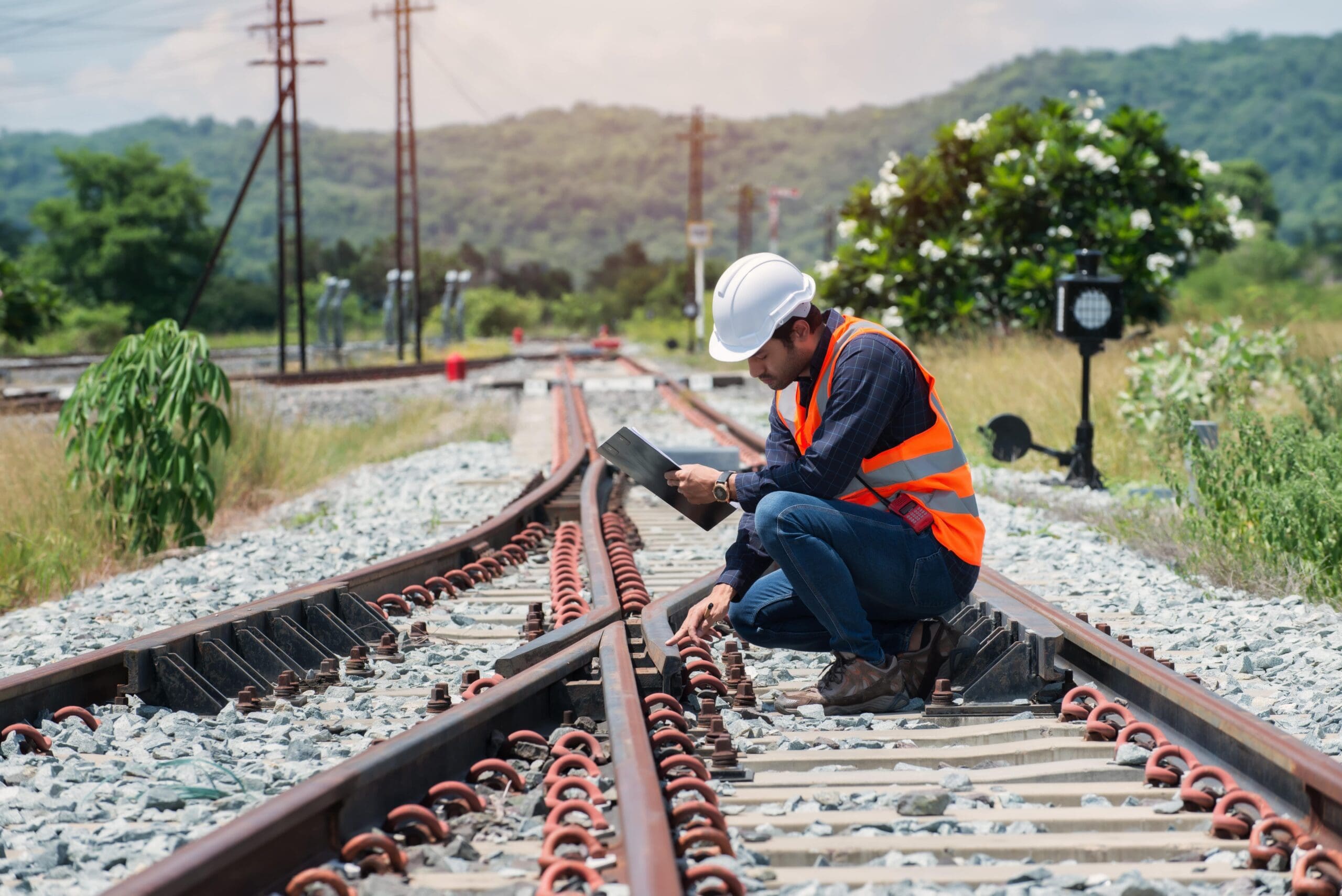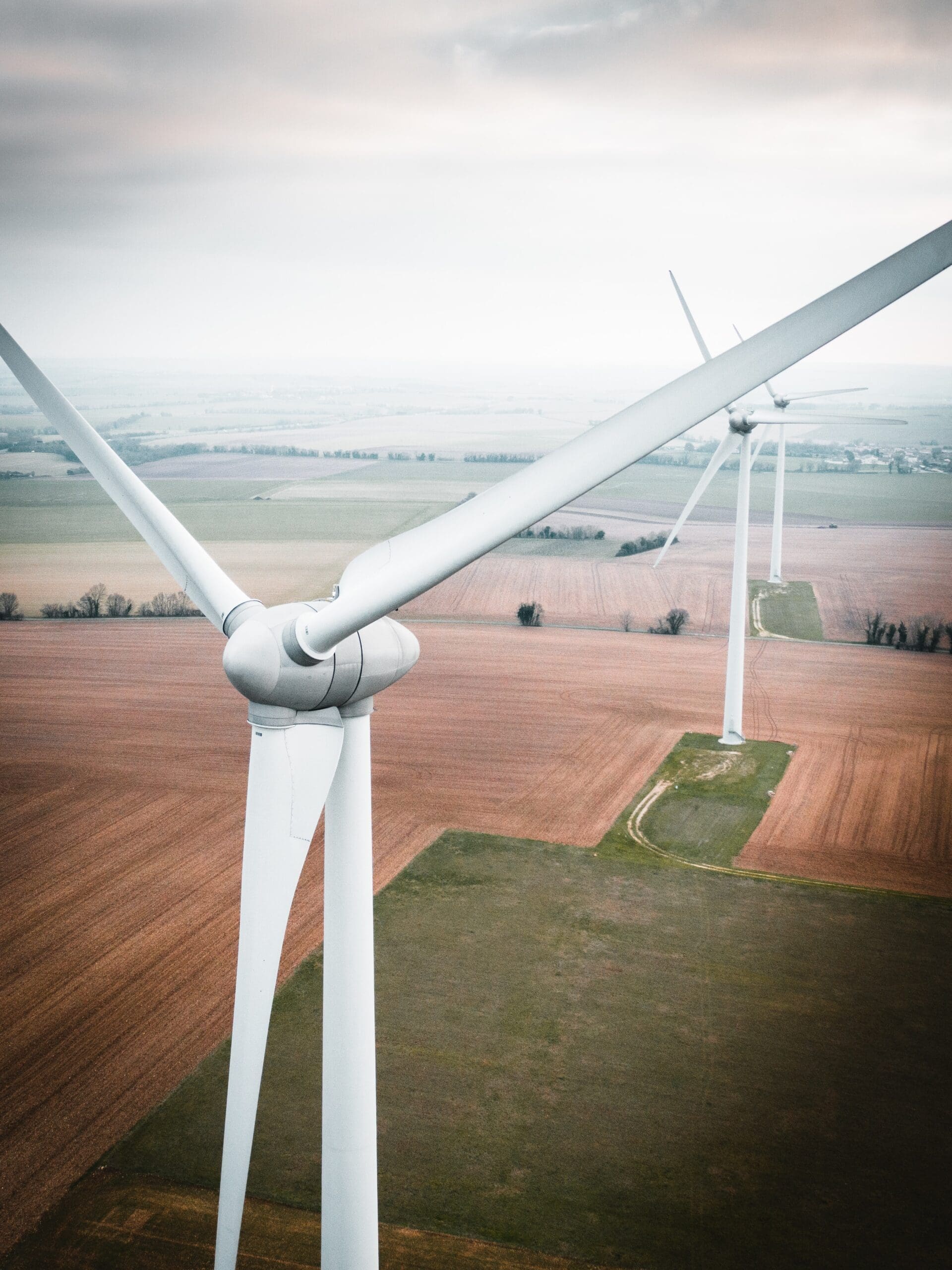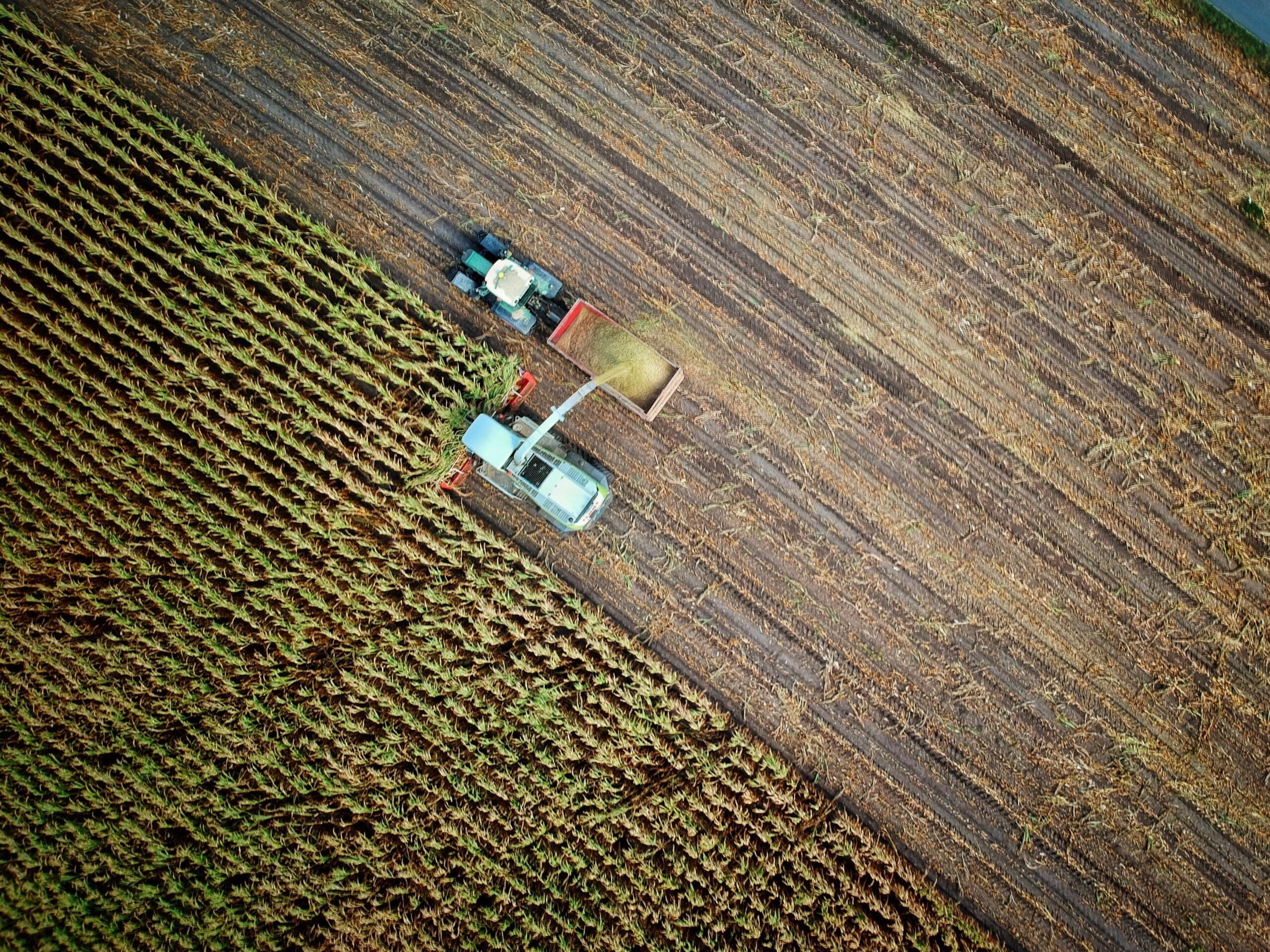Specialist Access Services
Confined Space Access
We access Confined Spaces to provide comprehensive asset Inspections, Maintenance and Emergency call out services.
Explore how we work
Interested? Let’s talk.
Send us an enquiry
What is Confined Space Access?
Confined Spaces are areas characterised by limited space and accessibility. These spaces are often difficult to access and egress or contain potential hazards within restricted working spaces. Examples of Confined Spaces may include tunnels, tanks, vessels, containers, and any other similar spaces within an enclosed nature.These environments often propose dangers such as engulfment, atmospheric hazards, and poor ventilation.
BES Group use varied access methods to inspect and maintain assets within Confined Spaces. We adhere to the HSE Confined Space Entry 1997 regulations to ensure our teams can safely access and egress confined environments every time. Our Engineer-led team may opt for different access methods dependent on the unique environment including Diving, Rope Access and Remote Inspections.

Who we’ve partnered with...





Key benefits of Confined Space Operations
Industry experience
As access specialists, we pride ourselves on extensive industry experience which enables us to reach infrastructure assets across various challenging environments.
Hazard management
All Operations are led by expert engineers who facilitate comprehensive Risk Assessments before entry. Our engineers are also equipped with advanced technology and the latest PPE.
Responsive Access
We provide emergency call out response for infrastructure inspections within Confined Spaces. A subset of our team also provides more complex high risk rescue operations within these challenging environments.
Turnkey approach
We provide independent inspections, detailed forensic surveys and audits of confined spaces. Our end-to-end solutions also comprise of support and advice in promoting remedial and new works required following the inspection.
Let's talk about Confined Space Access
Send one of the team a message
Not seeing what you expected?
Try using our search
Explore what our clients say
Why choose Confined Space Operations from BES Group?
Confined Space Operations are traditionally complex by nature, they carry an increased risk of accidents, harm or injury. HSE Guidelines heavily restrict or heavily regulate human access to confined spaces due to the risk of asphyxiation, toxic exposure or entrapment.
Gain peace of mind in the integrity and reliability of your assets.
BES Group are specialists in navigating difficult-to-access and challenging environments using Specialist Access Methods. Our engineer-led team safely access Confined Spaces to complete structural investigations, structural inspections and surveys, thereafter advise on necessary remedial actions. We access low risk, medium risk and high risk Confined Spaces to complete a variety of operations.
Safety is a priority across all operations.
Our safety experts complete thorough Confined Space Risk Assessments prior to any project commencement. All Confined Space technical and operational personnel are fully trained in Confined Space Entry and operation. Confined Space Operations from the BES Group include:
- Confined Space Inspections.
- Confined Space Maintenance
- Confined Space Rescue Operations



What are Confined Space Operations?
It’s crucial for asset managers to understand the integrity and reliability of their structures and facilities. Our team provide a range of Confined Space Operations to help clients maintain the safety and integrity of their assets. We access Confined Spaces to provide:
Inspections of Confined Spaces
Confined Space Access enables our Engineer-led team to comprehensively inspect, audit and survey critical infrastructure assets including: storage and vessels, water management systems and other infrastructure systems.
Maintenance of Confined Spaces
We provide Routine Maintenenance and Cleaning Services including hte removal of minor debris or obstructions from the entrance of Confined Spaces. We also provide advice around operations, remedial and new works following an inspection.
Confined Space Rescue Operations
A subset of experts on our team are extensively trained for high risk rescue operations within confined spaces. We recognise the importance of responsive, well-coordinated strategies to execute safe and efficient Confined Space Rescue Operations

Let’s talk. Ask us anything.
Send one of the team a message
Why choose BES Group?

800+ expert engineers
Our team of skilled engineers possesses a wealth of expertise.
A legacy of 160+ years of experience
We’re always evolving our approach to future proof our services.

35,000 satisfied customers
A strong reputation for providing exceptional service.

An end-to-end solution
Servicing the full life cycle, from concept through to decommission.
Accredited assurance
Confidence assured with all relevant certifications and accreditations.
Frequently asked questions about Confined Space Operations
What constitutes a confined space?
The Health and Safety Executive (HSE) determines a Confined Space to be any space of an enclosed nature where there is a risk of death or serious injury. Some enclosures with limited openings include silos, vessels and drains. Others may be less obvious and can include ductwork, vats and open-topped chambers.
Is Confined Space Access safe?
Confined Spaces are inherently dangerous to access due to their enclosed nature. Wherever possible, working in confined spaces must be avoided.
Conversely, if access is mandatory, it is crucial that confined spaces are only accessed by competent people trained to adequately manage the associated risks.
BES Group is competent provider of independent professional inspections, surveys and audits. Our expertise extends to remedial, maintenance and rescue operations.
We pride ourselves on advanced training, regulation compliance and specialist support tools that facilitate safe access.
Our time-served engineers are available to support across a range of sectors, get in touch with our specialist access team for bespoke support.
What are low risk confined spaces?
Low risk confined spaces have minimal or no immediate hazards. These spaces are well-ventilated, and lack any physical dangers such as moving parts or stored energy. Examples include: Crawl spaces, open tanks, or trenches where the air quality is stable and there are no significant environmental or physical hazards.
What are medium risk confined spaces?
Medium risk Confined Spaces present potential atmospheric hazards which may include oxygen deficiency and the presence of toxic gases. Control measures can be implemented to reduce these risks to an acceptable level.
Examples include: Underground vaults or storage tanks where hazards like gas buildup are possible, but continuous atmospheric monitoring and ventilation can mitigate the danger.
What are high risk confined space?
High risk Confined Spaces host multiple or severe hazards that could pose a threat to life or cause serious injury.
Examples include Chemical tanks with residual substances, spaces with moving machinery or areas with high voltage energy sources.
High risk confined spaces are inherently dangerous and should only be accessed by trained personnel. Due to the complex layout of these spaces, there is an increased risk of entrapment or engulfment.
What type of confined spaces can BES Group inspect?
Storage and Vessels: Large scale marine vessels and storage units
Water management systems: Pumping houses, sumps and inspection pits, industrial piping systems, sewers, enclosed drains, tanks, and vats.
Infrastructure systems: Bridges (box girders or other sealed elements), tunnels (Drainage and ventilation headings), excavations and culverts.
What type of Confined Space Inspections can we provide?
Routine Visual Inspection: Simple visual checks to determine signs of defects.
Routine Tactile Inspection: This requires close and direct interaction with the surface to detect the physical signs of fatigue in assets.
What type of Rescue Operations can we provide?
High-risk rescue operations within Confined Spaces are inherently dangerous and require meticulous planning, specialised equipment, and trained personnel to execute safe access and exits.
As infrastructure specialists, we’re proud to facilitate high risk rescue operations across Confined Spaces which may include: Underground tunnels, Drainage systems , Hollow bridge sections, Cathedral abutments alongside Shafts and Adits.
Sectors we service
Dive into the diverse landscapes where BES Group sparks innovation and drives impact.


Let’s talk. Ask us anything.
Send one of the team a message
Insights & news
Browse our latest articles
Other similar services...
Looking for something else? Explore similar services...
Let’s get you to the right person, fast.
Thank you, enquiry submitted!
Please check your inbox. We have sent you an email receipt of your enquiry.
We treat every enquiry with the upmost urgency. We’ll aim to get in touch with the relevant BES Group specialist and get back to you as soon as possible*.
Thank you again and have a great day.
 About BES Group
About BES Group Accreditations & Credentials
Accreditations & Credentials Our Environmental, Social & Governance
Our Environmental, Social & Governance Careers at BES Group
Careers at BES Group Our Senior Leadership Team
Our Senior Leadership Team











